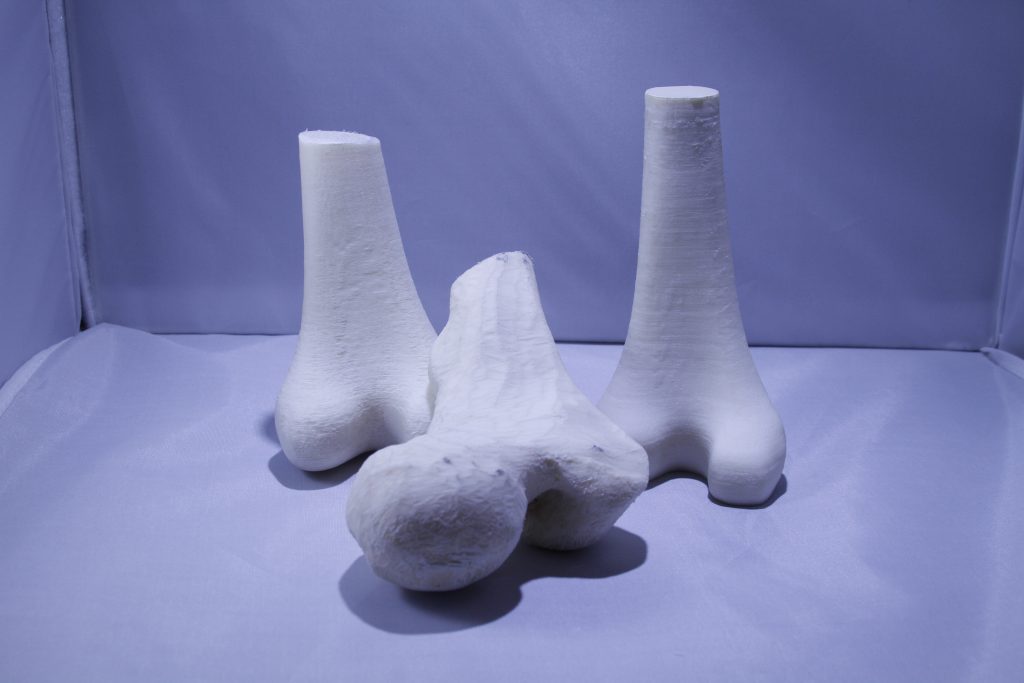Based in Orlando, Florida nScrypt is a provider of micro-dispensing and 3D printing equipment. Together with TechShot, a 3D bioprinter developed by the company will be installed on the ISS next year.
Working across industries including electronics, solar, printed antennas, life sciences, and pharmaceutical the company has a range of patented technologies that facilitate applications where precision is vital.
I caught up with nScrypt to learn more about the recently announced Factory in Tool (FiT). FiT is described as a system that, “digitally fabricates anything from 2D and 3D printed circuit structures (PCS) to biological structures and can be used almost anywhere on the digital manufacturing floor.”
In practice this translates as multiple tool heads, including a FiT’s nFD extruder tool. That tool head is intended to allow printing of materials including composites and continuous carbon fiber. When a material is unavailable in filament form, a hopper can be used to extend the material palette.
Ken Church, CEO of nScrypt says, “3D printing and printed electronics are disruptive technologies, but to be truly disruptive this must move beyond novel printing, this must compete against state of the art. The advantages of any shape being electrically functional is obvious, what is less obvious is how to make that a reality. We do not shy away from mature processes that provide improved results, we do however adjust those so they are wholly compatible with 3D printing.”
3D Printing Industry: The FiT system is designed to make “anything from 2D and 3D printed circuit structures (PCS) to biological structures,” what are some specific applications?
Ken Church, CEO of nScrypt: One of the biggest applications is embedded electronics and functional structure. In particular, Active Phased Array Antennas. Initial estimates are our integrated process using the FiT will cut cost to manufacture complex devices such as Active PAAs by as much as 10 times due to complicated/skilled labor touch. For this to be real, precision matters. We focused on precision in the motion and precision in the material control.
On the biology side, we have been working with FibreTuff and printing their biocompatible PAPC filament for Class I and II medical devices and implants and preparing to print cardiac patches on the ISS.

3D Printing Industry: How does the FiT system relate to an additive manufacturing workflow, are these tools intended to replace or complement existing AM systems?
Ken Church: We fit an entire factory in a tool. Multi-material, multi-nozzle, multi-process, all driven from a CAD. This provides in situ enabling for all products. For higher volumes, we borrow from industry and use SMEMA [Surface Mount Equipment Manufacturers Association] standards that allow us to connect to an existing manufacturing line or we can connect multiple FiTs with more nozzles and use the tray handling concept.
FiT systems are intended to print what it can (using its multiple heads) and place what it cannot (place subassemblies or parts using pick and place head), therefore no other processing machines are required. Its flexibility of being able to integrate other processes such as laser and photonic curing further enables the true FiT concept towards producing a 100% finished product.
3D Printing Industry: Can you elaborate on how the FiT systems are moving AM to production?
Ken Church: In addition, we are adopting industry standards for SMEMA and in line production. We will move parts from machine to machine and this includes partially printed parts. As the partially printed part moves down the line of tools, it becomes more and more complete and at the end of the line, a complete product emerges. This is all CAD driven and so changing products will be as easy as changing the CAD file.
By having multiple processes in a single tool, instead of multiple tools each doing a single process, you have a robust and agile manufacturing line. Additionally, since it is all CAD driven (Direct Digital Manufacturing) you can change products on the fly or produce multiple custom parts in a single build.
3D Printing Industry: Is possible to get a progress update on the nScrypt BAT Bioprinter and preparations for installation on the ISS. What will the scientists on the ISS be studying with the bioprinter?
Ken Church: We are working very closely with our partner TechShot on completing the 3D BFF (Bio-Fabrication Facility) machine that is derived from the nScrypt BAT (Bio Assembly Tool) Bioprinter. We have been completing our milestones towards a successful launch. The schedule has been changed to May 2019 instead of March. There are a lot of studies which can be done given the versatility of the machine, we do not have the full details as of now but certainly more to be released as we progress. The first scheduled print is of a cardiac patch for repairing heart tissue.
More information about the nScrypt Factory in a Tool for Direct Digital Manufacturing is available here.
For the most comprehensive coverage of the 3D printing industry, subscribe to our free newsletter.
Also, follow us on Twitter, and like us on Facebook.
Search and post 3D Printing Jobs for opportunities and new talent across engineering, marketing, sales and more.
Featured image shows the testing of an nScrypt 3D printed phased array antenna. Image via nScrypt.



